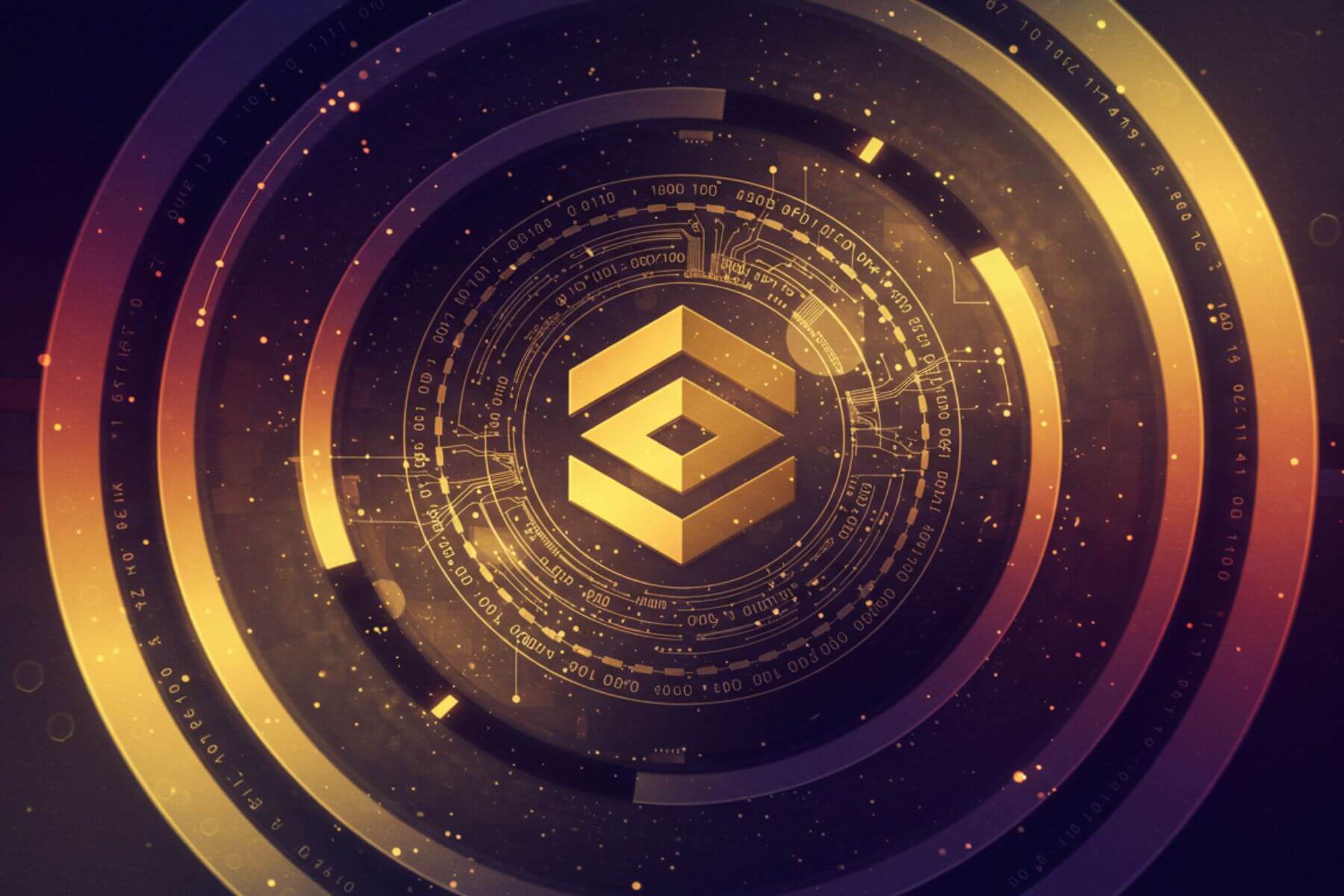As the crypto world keeps growing in 2025, understanding the tech behind it has never been more important. Two key terms often used in blockchain conversations are Layer 1 and Layer 2. Both play a big role in how blockchains scale, process transactions, and deliver new features. While they work together in many cases, they serve very different purposes. In this article, we’ll walk you through 10 major differences between Layer 1 and Layer 2 crypto solutions in 2025, in simple words anyone can understand.
1. Layer 1 is the base blockchain, Layer 2 is built on top
Layer 1 refers to the original blockchain network. Examples include Bitcoin, Ethereum, Solana, and Avalanche. These are the main chains where all activity begins. Layer 2, on the other hand, is a separate protocol that sits on top of a Layer 1 chain. It processes transactions off the main network and then sends the results back. In other words, Layer 1 is the foundation, while Layer 2 is an extra layer that boosts performance without changing the core.
2. Layer 1 handles native consensus, Layer 2 inherits it
One big difference is how transactions are validated. Layer 1 uses its own consensus mechanism, such as Proof of Work (Bitcoin) or Proof of Stake (Ethereum), to agree on what’s true. Layer 2 doesn’t have its own system. Instead, it relies on the security and rules of the Layer 1 network. This allows Layer 2 to be faster and lighter since it doesn’t have to repeat all the heavy lifting.
3. Layer 1 can be slower and more expensive
Since Layer 1 networks process every transaction directly, they often get congested. When demand is high, fees can spike, and users may wait minutes or even hours for confirmation. In 2025, Ethereum’s base layer still experiences occasional slowdowns. Layer 2 solutions like Optimism or Arbitrum help by taking some of that traffic away. They process many actions off-chain and post only the summary, saving time and money.
4. Layer 2 offers higher scalability
Scalability is one of the biggest challenges in blockchain. Layer 1 networks can only handle a certain number of transactions per second. Layer 2 solutions are designed specifically to scale beyond those limits. Technologies like rollups and state channels allow Layer 2 systems to bundle many actions into one transaction, dramatically increasing throughput without compromising security.
5. Layer 1 is harder to change
Making changes to a Layer 1 protocol is a complex task. It often requires consensus from many nodes, developers, and users. Upgrades may take months or years and carry risks like hard forks. On the other hand, Layer 2 protocols can be updated more easily because they don’t need to alter the underlying blockchain. This gives developers more freedom to experiment and improve quickly.
6. Layer 2 focuses on user experience
Layer 2 solutions are often built with users in mind. They aim to offer faster transactions, lower gas fees, and smoother experiences, especially for things like decentralized finance (DeFi) and gaming. In 2025, many Ethereum dApps run directly on Layer 2 networks because users prefer their speed and low cost. While Layer 1 still secures everything, the interaction usually happens at Layer 2.
7. Layer 1 is the source of final settlement
When it comes to finalizing transactions and recording them forever, Layer 1 is the place. Even if a transaction happens on Layer 2, it eventually needs to be confirmed and stored on the base layer to be considered fully complete. This means Layer 1 is still the ultimate record-keeper, while Layer 2 handles the processing and then passes it on for final settlement.
8. Layer 2 helps Layer 1 avoid bottlenecks
Layer 1 blockchains like Ethereum or Bitcoin are often described as highways. But just like highways, they can get jammed with too many cars. Layer 2 acts like a set of express lanes. Instead of forcing every transaction to go through the main chain, users can take a shortcut through Layer 2. This keeps traffic flowing smoothly and prevents network slowdowns on Layer 1.
9. Layer 1 is where new tokens and protocols are born
Most new tokens, smart contracts, and decentralized applications start on Layer 1. Developers use the base chain to build and launch their projects. While Layer 2 networks can host dApps and support smart contracts too, they usually extend what’s already been created on Layer 1. So, innovation often begins at the foundation and then scales upward through Layer 2.
10. Layer 2 depends on Layer 1 for security
Layer 2 solutions are not standalone. They are tightly connected to their Layer 1 chain. If the base chain is attacked, compromised, or stops working, the Layer 2 solution is affected too. This is why the security of Layer 2 is only as strong as the Layer 1 it’s built on. In 2025, most popular Layer 2s like zkSync, Base, and Starknet rely on Ethereum’s rock-solid security model.
Bottom line
Understanding the differences between Layer 1 and Layer 2 is crucial in 2025 as blockchain adoption grows. Layer 1 is the secure, decentralized foundation where everything starts, while Layer 2 offers the speed, flexibility, and affordability needed for mass adoption. Both layers play a vital role in the ecosystem. Together, they help crypto networks scale to meet the needs of users, businesses, and developers all over the world.
By knowing how each one works and what makes them different, you’ll be better prepared to choose the right tools, networks, and platforms for your crypto journey in 2025 and beyond.



